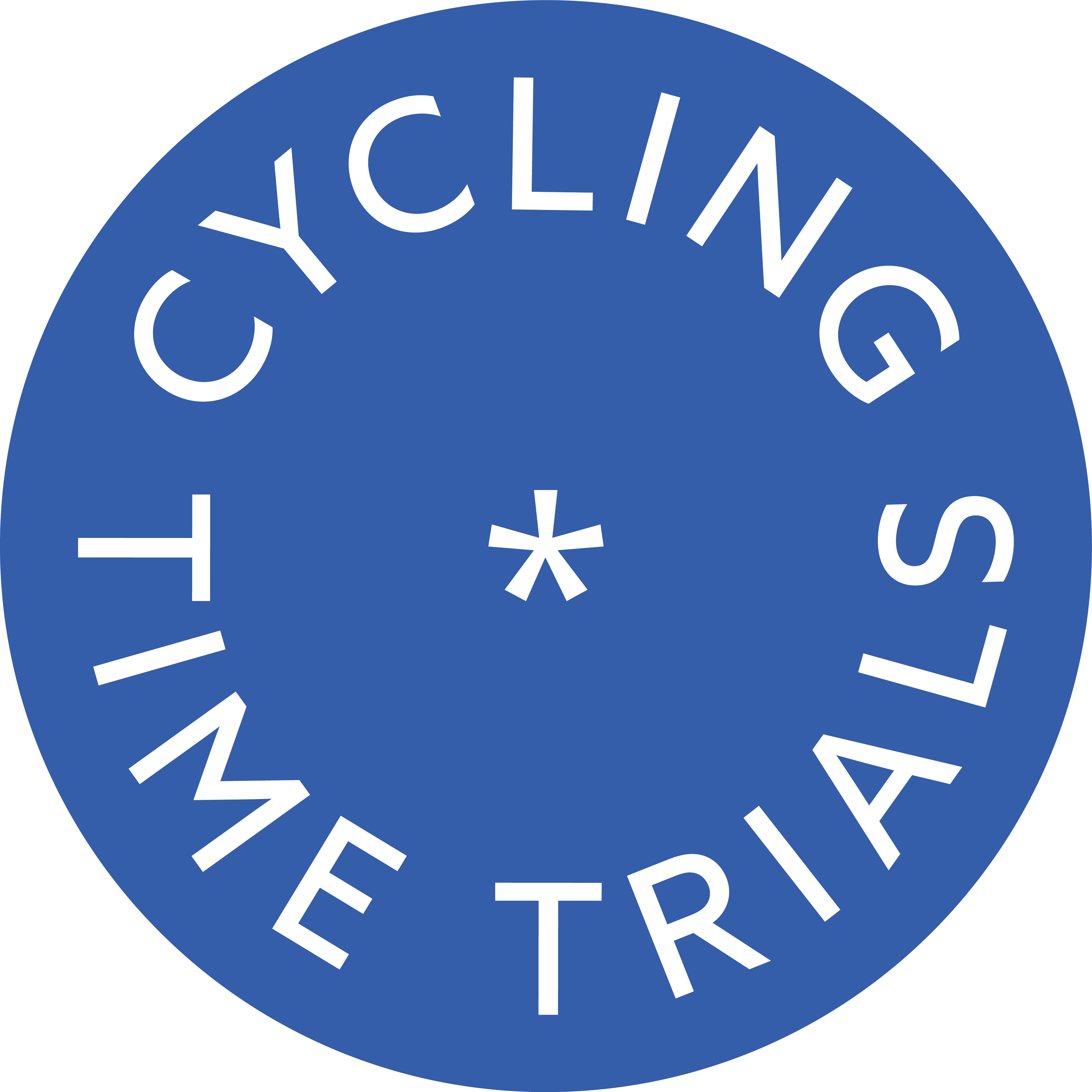Each forecast has a myWindsock Score. This is Air Penalty in relationship to the overall ground distance. A score of 100 would be an air distance twice that of ground distance, an extremely difficult ride. On the other hand a score of 0 represents no air resistance as the air travelled with the rider accumulating no air distance. A score of 50 indicates even conditions. Typically a loop or out and back course will generate a score of around 49-51.
You can find the unit setting in your account settings. Or within a forecast by clicking on the > Chart Tab. You can choose the units displayed for Wind Speed, Speed and Distance.
The CdA estimate uses the observed weather combined with power, speed and elevation data to calculate your drag. Your estimate can be skewed by the following:
- Heavy braking or dragging of brakes. Although myWindsock attempts to remove braking events from your CdA estimate to improve the quality of your estimate avoid courses that require the use of your brakes for the best estimate.
- Poor elevation data. If your elevation data is incorrect the match between power and speed will be incorrectly calculated. Often using the Strava Correct Elevation function will improve this and add consistency to your calculations.
- Incorrect weather observations. The observed weather improves over time. For the purpose of CdA estimation you may need to wait a few days for the most accurate weather data.
- Bad power meter data. It is wise to check the drift in your power meters offset before and after testing. A large change in offset is a sign that the power data is not of sufficient quality for accurate estimate of CdA.
- Drive Train Loss. A dirty drive train, rubbing brake, bad wheel bearings are all sources of power loss from a crank based meter to the actual power output. If these variables change the CdA can be incomparable between estimates.
- Incorrect Wind Shear selected. If the wind speed is not correctly adjusted for the environment you are riding errors of wind speed will impact your CdA estimate. Long rides provide better estimates for CdA as the average is taken so fluctuations in due to changes in wind shear are negated.
Paying attention to the above will drastically improve your CdA estimate.
All wind speeds are modelled to 1 metres height from the ground. This modelling accounts for Wind Shear. This is the slowing of air low to the ground by obstacles and surface frictions.
A weather report usually is provided at wind speed at 10 metres above the ground and therefore is much higher.
For the purpose of modelling cycling dynamics the speeds we report are closer to that of real world wind speeds.
To ballpark a CdA…
I know my average power: Go to a course where the average power is known. Enter into your forecast the average power for your ride. Adjust the CdA to reflect the average speed you attained for this power. A lower CdA will increase your average speed and a higher with decrease average speed. Tip: If you have Premium access enter into the Date Picker the time you attained the average speed at wattage on the course.
Without power:
TT Bike in Skinsuit Aerohelmet: 0.19 – 0.22
Road bike drops: 0.28-0.32
Road bike hoods 0.32-0.36
Standing: 0.4<
When having trouble distinguishing between Wind Lines on a section of your course where you travel along the same road in opposite directions, go to Options > Course and select an Offset for the side of the road your ride along. This will adjust the Wind Lines by the Offset Distance.
To have the most accurate forecast it is important to take care in entering the correct Performance Options. Key inputs are Average Watts, CdA and Weight.
Incorrect elevation data may also cause your forecast speed to be incorrect.
The reported observed weather relies on the timely reporting by local weather stations. In many locations this is close to real time however in some locations this can take anywhere from a few hours up to two weeks.
You may notice during this time large changes in your ride statistics as the new data is received. It is also common to see lower than expected estimated wind speeds during this time.
In most locations observed weather is unchanged after 3-4 days. For the most accurate CdA estimate please wait at least this time.

 UK Time Trial Events
UK Time Trial Events




